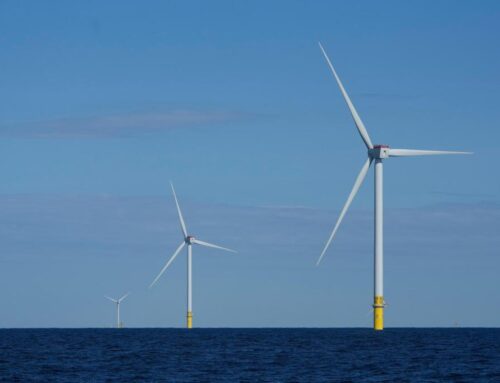Should you invest in gold and silver before 2026? Here’s what experts think.
November 17, 2025

matejmo/Getty Images
Gold and silver prices have both surpassed numerous price records in 2025. Gold is trading above $4,000 per ounce and silver has more than doubled since early 2023. Analysts point to central bank buying, inflation worries and currency concerns as reasons why both metals could push even higher heading into 2026.
But buying at record highs isn’t a decision to make lightly. Gold and silver don’t behave like stocks and bonds and the economic forces driving prices today could shift quickly. That creates a real dilemma for investors deciding if now is the moment to act or if patience makes more sense.
So, should you invest in gold and silver before 2026? We asked some financial advisors and precious metals experts to weigh in on what’s driving demand right now, what risks you need to understand and how to decide if gold and/or silver belong in your portfolio now, in the final weeks of the year.
Explore your top gold and silver investment options online here.
Should you invest in gold and silver before 2026?
Investors should diversify into precious metals right now, according to Eric Roach, managing partner at Summit Metals, an online retailer for physical precious metals. “Gold and silver are still highly uncorrelated to the stock market and even the bond markets,” he explains.
Ian Ross, vice president of operations at precious metals wholesaler Ross Metals, sees these metals as safeguards during volatility. As a third-generation jeweler, he’s witnessed their reliability throughout economic cycles.
Henry Yoshida, a certified financial planner and co-founder of Rocket Dollar, a Texas-based financial services company, echoes that outlook. “Gold and silver will play a strategic role in an investor’s portfolio before 2026, especially with elevated global debt levels and continued inflation pressures,” he says.
Get started with gold and silver and start diversifying your portfolio now.
Why investors are buying gold and silver right now
Before deciding whether to invest, it helps to understand what’s driving demand for precious metals. Experts say these forces are pushing prices higher today:
- Historical uncertainty patterns: Michael Firestone, partner at boutique investment company Fire Capital Management, notes we’ve only seen surges like this before major crises (e.g., 2008, before World War II). “Heightened global tensions lead investors to feel uneasy and move capital into perceived safer, more stable assets,” he emphasizes.
- Central bank buying: Countries have been shifting reserves away from traditional currencies and into gold. And with supply constraints in play, gold costs continue to climb.
- Inflation concerns: Even as official numbers moderate, many investors worry about long-term purchasing power. Yoshida observes that investors are choosing safety over yields that keep shifting to hedge against inflation.
- Market risks: Ross points to tech stocks dominating at unprecedented levels. Combined with geopolitical tensions, precious metals offer a hedge that doesn’t depend on any single sector performing well.
What to consider before investing in precious metals
While the case for precious metals looks compelling, there are practical realities to weigh before investing. Remember that “metals can protect purchasing power, but they don’t generate income,” Yoshida says. Beyond that, experts point to three key considerations:
- Keep allocation modest. Firestone and Yoshida recommend keeping precious metals 5% to 10% of your portfolio. That provides meaningful protection without derailing broader financial goals.
- Consider dollar-cost averaging. Rather than investing a lump sum at today’s elevated prices, Firestone advises spreading purchases over time to reduce timing risk.
- Understand that silver is more volatile. As investors age, Roach suggests shifting toward higher gold concentration in a metals allocation.
How to invest in physical metals, ETFs and gold IRAs
Once you’ve decided to invest, you’ll need to choose how.
“Exchange-traded funds (ETFs) are the best option for most investors,” says Firestone. They’re liquid and track gold prices without storage or insurance hassles. Gold or silver bars or coins give you direct ownership. However, Roach cautions you’ll pay premiums for manufacturing and shipping, plus handle security yourself.
Gold individual retirement accounts (IRAs) offer another route. Yoshida explains they combine tax advantages with tangible asset exposure, making them attractive for retirement planning. Some investors also consider gold mining stocks. But they require more research due to the operational risks involved.
The right choice depends on your priorities around liquidity, storage and tax treatment. Yoshida adds that precious metals work best as long-term holdings, not short-term plays. They’re not suitable if you need income or quick access to cash.
The bottom line
Gold and silver can be valuable in a diversified portfolio heading into 2026. Yoshida notes that they’ve performed well during previous inflationary periods in which currency was devalued. Before investing, though, consider consulting a financial advisor specializing in precious metals. They can help you determine the right allocation for your goals and choose between physical metals, ETFs or IRAs based on your needs.
Search
RECENT PRESS RELEASES
Related Post




